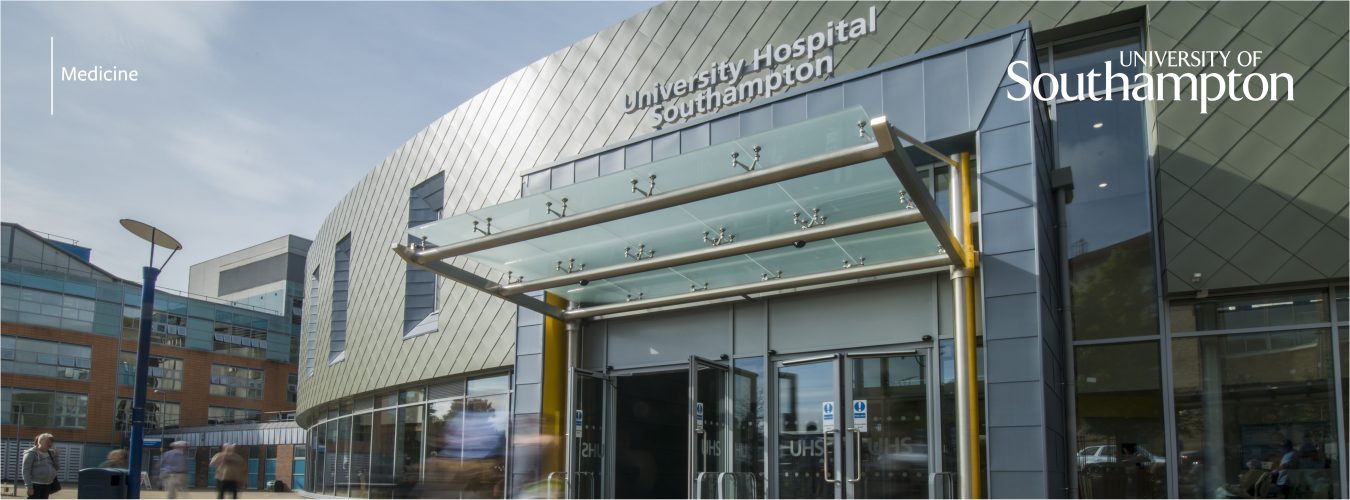By Professor Nicholas Harvey; Director; Professor of Rheumatology and Clinical Epidemiology, MRC Lifecourse Epidemiology Centre, University of Southampton
In this last week, I have chaired two strategy meetings focused on chronic noncommunicable musculoskeletal disorders of ageing, principally osteoporosis, sarcopenia (muscle loss) and osteoarthritis. The first of these brought together researchers within the University of Southampton, and the second, members of our MRC National Musculoskeletal Ageing Network. In both settings, there was a wide breadth of expertise and discipline, ranging from fundamental basic science through to engineering, clinical investigation and population health. In both settings, our aim was to understand areas of synergy and possible collaboration, to inform new cross and interdisciplinary approaches to improve musculoskeletal health in later life.
Such work is clearly needed, given that increasing life-span is not matched by health-span, with, on average, the last 19 years of life for women, and 16 years for men, are spent in ill health, with chronic musculoskeletal disorders being major contributors to this mismatch. Indeed, musculoskeletal diseases such as osteoporosis, sarcopenia and osteoarthritis are leading (and increasingly burdensome) causes of long-term disability worldwide, and commonly underpin the transition from health into frailty, a state of decreased reserve and increased vulnerability to disease and external stressors.
We face fundamental questions in this area, not least the phenotypic definition which might best characterise this older age transition. Whilst we have some idea of underlying common pathways relating to chronic inflammation, immune senescence and mitochondrial energy dysfunction, there is much that we do not know about the basic mechanisms; there is correspondingly much that we do not know about how best to maximise healthy reserves during development and how to minimise their loss in older age.
Our strategy meetings, at the local and national level, therefore addressed how we can work together to understand trajectories of change in the musculoskeletal system across the lifecourse, underlying mechanisms, risk factors and potential preventive and therapeutic interventions. The local meeting demonstrated what a wonderful spectrum of expertise that we have here in Southampton, addressing many facets of these considerations across a wide range of disciplines. The national meeting, with a focus on the specific issue of preventing frailty in older age, achieved the (probably unsurprising) realisation that a truly integrated interdisciplinary approach from molecule to population to solve frailty would be a gargantuan effort and way beyond the resources available from funders both in terms of time and money. It is important to be pragmatic in these situations, and we have identified tractable interdisciplinary projects through which we will address key research questions that have the potential to achieve transformative change, whilst building a more comprehensive understanding of the whole.
The combination of world leading cohorts in Southampton with novel approaches across our internationally competitive disciplines such as systems biology, physiology, imaging, engineering, computer science, experimental medicine and epidemiology gives us an extremely powerful platform with which to discern signatures in development and ageing related to musculoskeletal disease. What is absolutely clear is that none of us will sort any of this out alone, and that team science, be it across the University or across the nation (and indeed across many nations!), is increasingly critical to successfully prosecuting world-class discovery, translational and clinical science.


